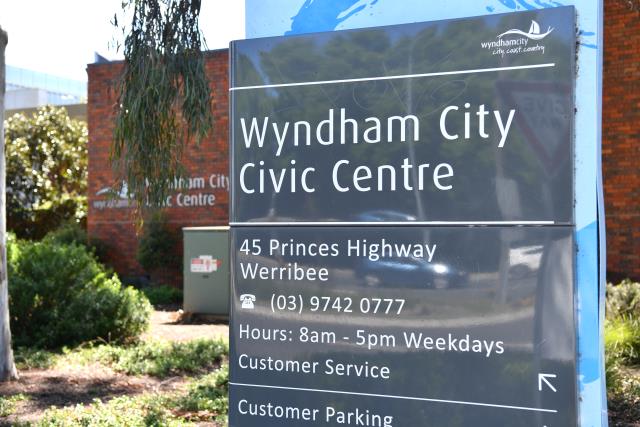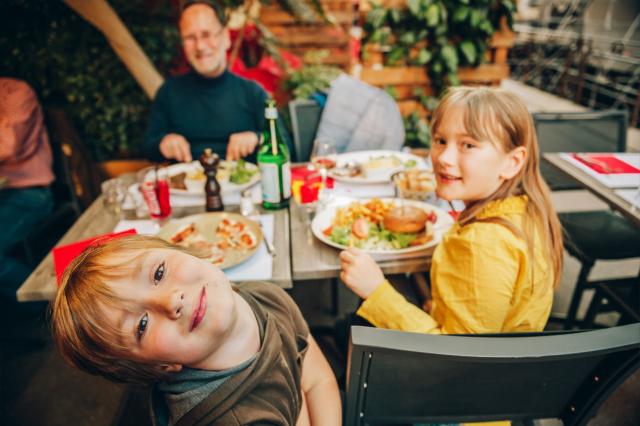Wyndham council will be divided into 11 single member wards after the final report of the local council electoral structure review was released on Thursday.
The changes were recommended by the electoral representation advisory panel which considered two structure models put forward in the preliminary report in November.
Both models featured a subdivided electoral structure with 11 councillors representing one ward each, but with different boundaries.
After also considering submissions from the public, the panel chose model two because it largely retained the existing ward boundaries and provided a similar level of representation for the same geographic areas.
Under the changes Wyndham’s three existing wards will be divided by the number of representatives they currently have, with Iramoo ward covering the west of Wyndham, spilt into three, while the smaller and more densely populated Chaffey and Harrison wards made into four each.
Iramoo ward will be the only one of the existing wards to retain its name, but will now only cover the area between the Geelong railway line to the south and Argoona Road to the north.
Werribee Park will become the new ward covering Wyndham’s south-west, taking in everywhere south of the railway line except for Point Cook, while north-western corner of Iramoo ward will be renamed Quandong.
Chaffey ward will become Brimbeal and Wimba wards to the north and Grange and Heathdale wards to the south.
The northern part of Harrison ward covering Truganina and Laverton North will become Bemin, while Williams Landing ward will cover the suburb of the same name and Featherbrook and Cheetham will take in Point Cook.
The names were recommended by the panel based on the names of existing schools, localities and geographical features within each ward.
Williams Landing will become the most populous ward with more than 19,000 residents, while Bemin will have the least with just over 16,000.
Covering more than 150 sq km, Werribee Park will be by far the largest ward in area, while Featherbrook, which takes in the north of Point Cook, will be the smallest at just 8.8 sq km.
The changes will be in effect for this year’s council elections.







